Species Photo Gallery for Vanduzea arquata Black Locust Treehopper |
 | Photo by: Kyle Kittelberger, Brian Bockhahn, Paul Scharf
Surry Co.
Comment: grassy, brushy habitat near forest edge; adult male, female, and nymph | 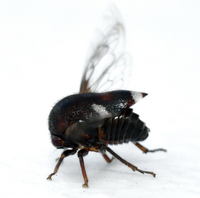 | Photo by: Kyle Kittelberger, Brian Bockhahn, Paul Scharf
Surry Co.
Comment: grassy, brushy habitat near forest edge; adult male, female, and nymph |
 | Photo by: Kyle Kittelberger, Brian Bockhahn, Paul Scharf
Surry Co.
Comment: grassy, brushy habitat near forest edge; adult male, female, and nymph | 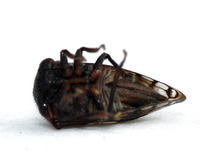 | Photo by: Kyle Kittelberger, Brian Bockhahn, Paul Scharf
Surry Co.
Comment: grassy, brushy habitat near forest edge; adult male, female, and nymph |
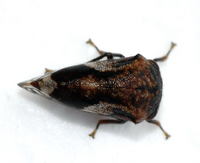 | Photo by: Kyle Kittelberger, Brian Bockhahn, Paul Scharf
Surry Co.
Comment: grassy, brushy habitat near forest edge; adult male, female, and nymph | 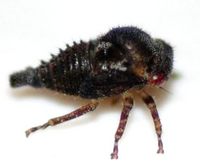 | Photo by: Kyle Kittelberger, Brian Bockhahn, Paul Scharf
Surry Co.
Comment: grassy, brushy habitat near forest edge; adult male, female, and nymph |
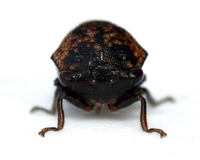 | Photo by: Kyle Kittelberger, Brian Bockhahn, Paul Scharf
Surry Co.
Comment: grassy, brushy habitat near forest edge; adult male, female, and nymph | 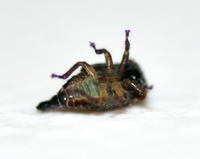 | Photo by: Kyle Kittelberger, Brian Bockhahn, Paul Scharf
Surry Co.
Comment: grassy, brushy habitat near forest edge; adult male, female, and nymph |
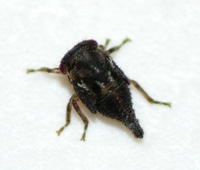 | Photo by: Kyle Kittelberger, Brian Bockhahn, Paul Scharf
Surry Co.
Comment: grassy, brushy habitat near forest edge; adult male, female, and nymph |  | Photo by: Kyle Kittelberger, Brian Bockhahn, Paul Scharf
Surry Co.
Comment: grassy, brushy habitat near forest edge; adult male, female, and nymph |
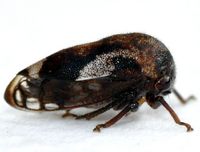 | Photo by: Kyle Kittelberger, Brian Bockhahn, Paul Scharf
Surry Co.
Comment: grassy, brushy habitat near forest edge; adult male, female, and nymph | 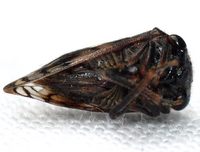 | Photo by: Kyle Kittelberger, Brian Bockhahn
Rockingham Co.
Comment: grassy area near mixed hardwood forest and a pond |
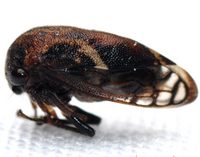 | Photo by: Kyle Kittelberger, Brian Bockhahn
Rockingham Co.
Comment: grassy area near mixed hardwood forest and a pond | 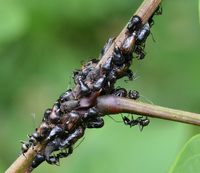 | Photo by: Kyle Kittelberger, Brian Bockhahn, Paul Scharf
Watauga Co.
Comment: grassy, brushy area on mixed forest edge |
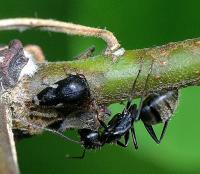 | Photo by: Kyle Kittelberger, Brian Bockhahn, Paul Scharf
Watauga Co.
Comment: grassy, brushy habitat near mixed hardwood forest | 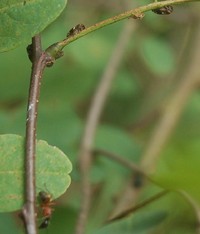 | Photo by: Tracy S. Feldman
Scotland Co.
Comment: unid_treehopper |
 | Photo by: Tracy S. Feldman
Scotland Co.
Comment: unid_treehopper | 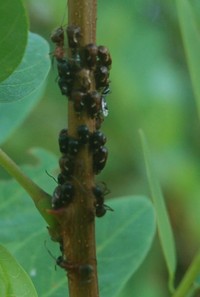 | Photo by: Tracy S. Feldman
Scotland Co.
Comment: unid_treehopper |
 | Photo by: Rob Van Epps & Kevin Metcalf
Burke Co.
Comment: Many seen on Black Locust, tended by ants. |  | Photo by: F. Williams, S. Williams
Iredell Co.
Comment: LANO |
 | Photo by: Scott Bolick
Alleghany Co.
Comment: |  | Photo by: Ted Wilcox
Watauga Co.
Comment: unid_treehopper |
 | Photo by: Ted Wilcox
Watauga Co.
Comment: unid_treehopper | 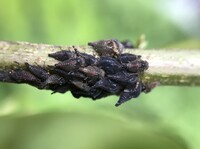 | Photo by: Ted Wilcox
Watauga Co.
Comment: |
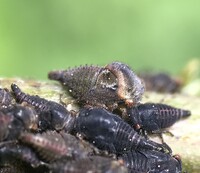 | Photo by: Ted Wilcox
Watauga Co.
Comment: | 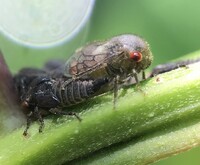 | Photo by: Ted Wilcox
Watauga Co.
Comment: Many adults and nymphs were grouped together. |
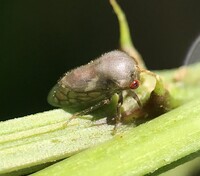 | Photo by: Ted Wilcox
Watauga Co.
Comment: Many adults and nymphs were grouped together. | 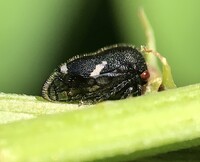 | Photo by: Ted Wilcox
Watauga Co.
Comment: Many adults and nymphs were grouped together. |
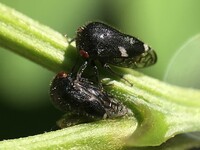 | Photo by: Ted Wilcox
Watauga Co.
Comment: Many adults and nymphs were grouped together. | 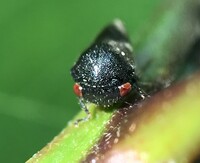 | Photo by: Ted Wilcox
Watauga Co.
Comment: Many adults and nymphs were grouped together. |
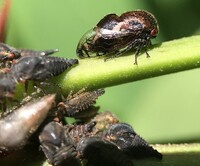 | Photo by: Ted Wilcox
Watauga Co.
Comment: Many adults and nymphs were grouped together. |  | Photo by: Ted Wilcox
Watauga Co.
Comment: Many adults and nymphs were grouped together. |
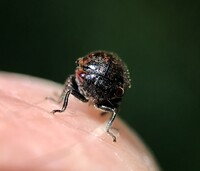 | Photo by: Ted Wilcox
Watauga Co.
Comment: Many adults and nymphs were grouped together. |  | Photo by: Ted Wilcox
Watauga Co.
Comment: Many adults and nymphs were grouped together. |
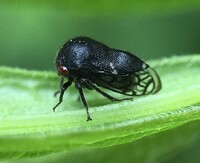 | Photo by: Ted Wilcox
Watauga Co.
Comment: | 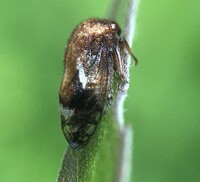 | Photo by: Ted Wilcox
Watauga Co.
Comment: |
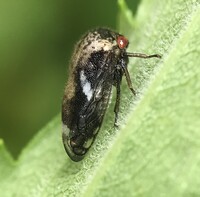 | Photo by: Ted Wilcox
Watauga Co.
Comment: |  | Photo by: Ted Wilcox
Watauga Co.
Comment: |
 | Photo by: Ted Wilcox
Watauga Co.
Comment: |  | Photo by: Ted Wilcox
Watauga Co.
Comment: |
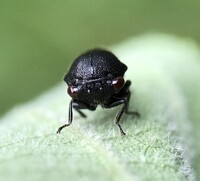 | Photo by: Ted Wilcox
Watauga Co.
Comment: | 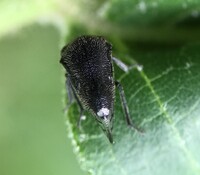 | Photo by: Ted Wilcox
Watauga Co.
Comment: |
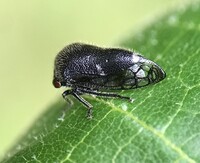 | Photo by: Ted Wilcox
Watauga Co.
Comment: | 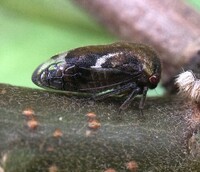 | Photo by: Ted Wilcox
Watauga Co.
Comment: unid_treehopper |
 | Photo by: Ted Wilcox
Watauga Co.
Comment: unid_treehopper | 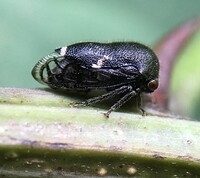 | Photo by: Ted Wilcox
Watauga Co.
Comment: unid_treehopper |
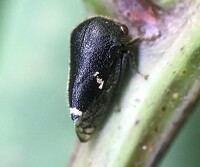 | Photo by: Ted Wilcox
Watauga Co.
Comment: unid_treehopper |  | Photo by: Ted Wilcox
Watauga Co.
Comment: unid_treehopper |
 | Photo by: Ted Wilcox
Watauga Co.
Comment: unid_treehopper |  | Photo by: Ted Wilcox
Watauga Co.
Comment: unid_treehopper |
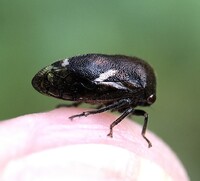 | Photo by: Ted Wilcox
Watauga Co.
Comment: unid_treehopper |  | Photo by: Ted Wilcox
Watauga Co.
Comment: unid_treehopper |
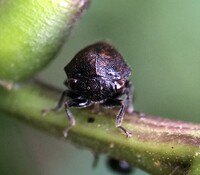 | Photo by: Ted Wilcox
Watauga Co.
Comment: unid_treehopper |  | Photo by: Ted Wilcox
Watauga Co.
Comment: unid_treehopper |
 | Photo by: Ted Wilcox
Watauga Co.
Comment: unid_treehopper |  | Photo by: Rob Van Epps
Iredell Co.
Comment: On Black Locust. |
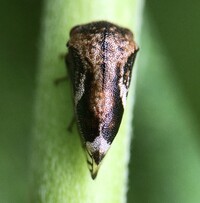 | Photo by: Ted Wilcox
Watauga Co.
Comment: unid_treehopper | 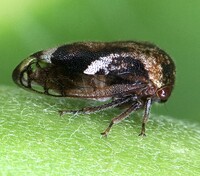 | Photo by: Ted Wilcox
Watauga Co.
Comment: unid_treehopper |
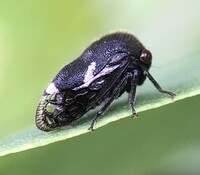 | Photo by: Ted Wilcox
Watauga Co.
Comment: |  | Photo by: Ted Wilcox
Watauga Co.
Comment: |
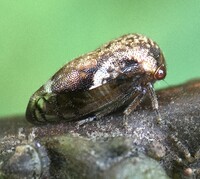 | Photo by: Ted Wilcox
Watauga Co.
Comment: unid_treehopper | 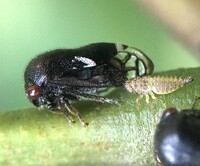 | Photo by: Ted Wilcox
Watauga Co.
Comment: unid_treehopper |
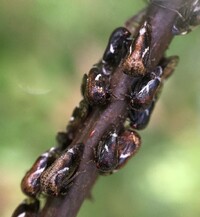 | Photo by: Ted Wilcox
Watauga Co.
Comment: unid_treehopper |  | Photo by: Ted Wilcox
Watauga Co.
Comment: unid_treehopper |
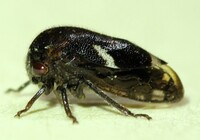 | Photo by: Rob Van Epps
Buncombe Co.
Comment: On Black Locust | 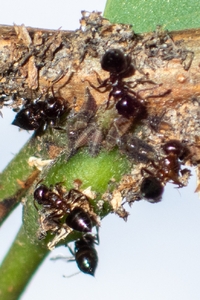 | Photo by: Scott R Bolick
Forsyth Co.
Comment: Tended by Hairy-headed Acrobat Ants - Crematogaster pilosa |
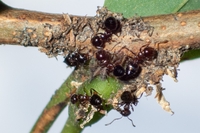 | Photo by: Scott R Bolick
Forsyth Co.
Comment: Tended by Hairy-headed Acrobat Ants - Crematogaster pilosa |

 »
»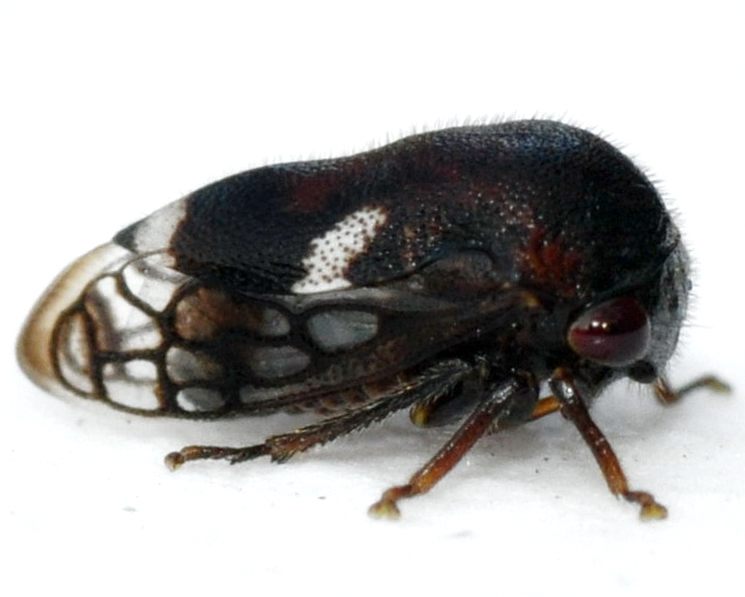

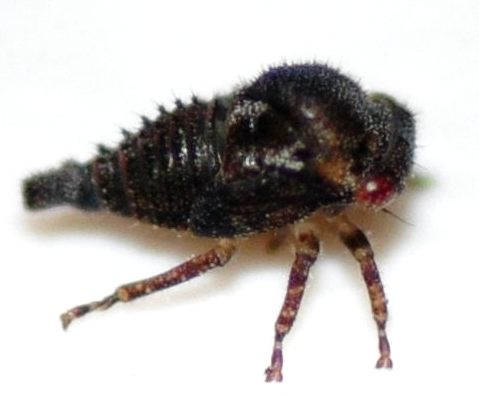
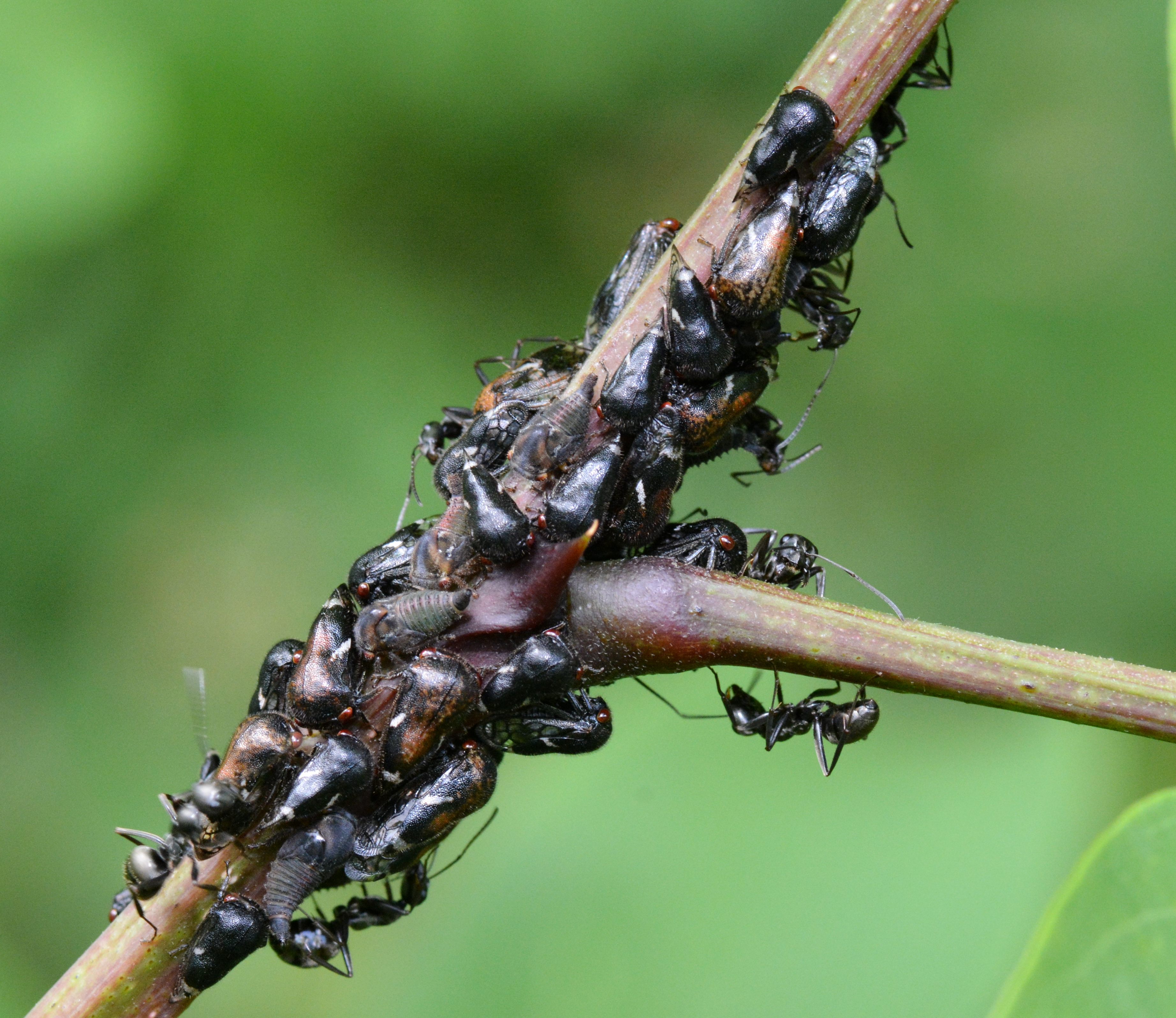

 »
»


